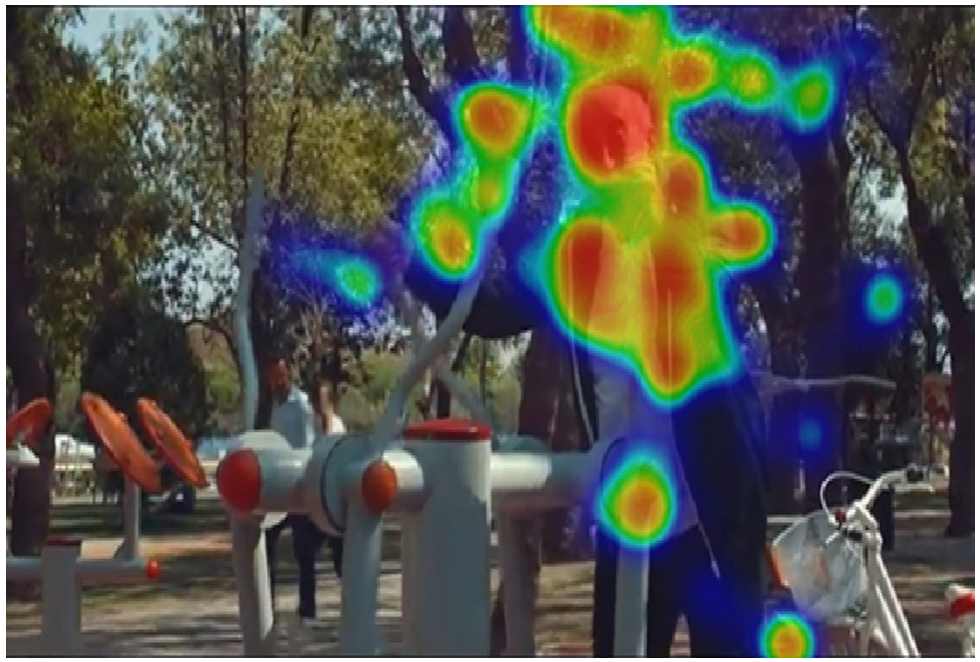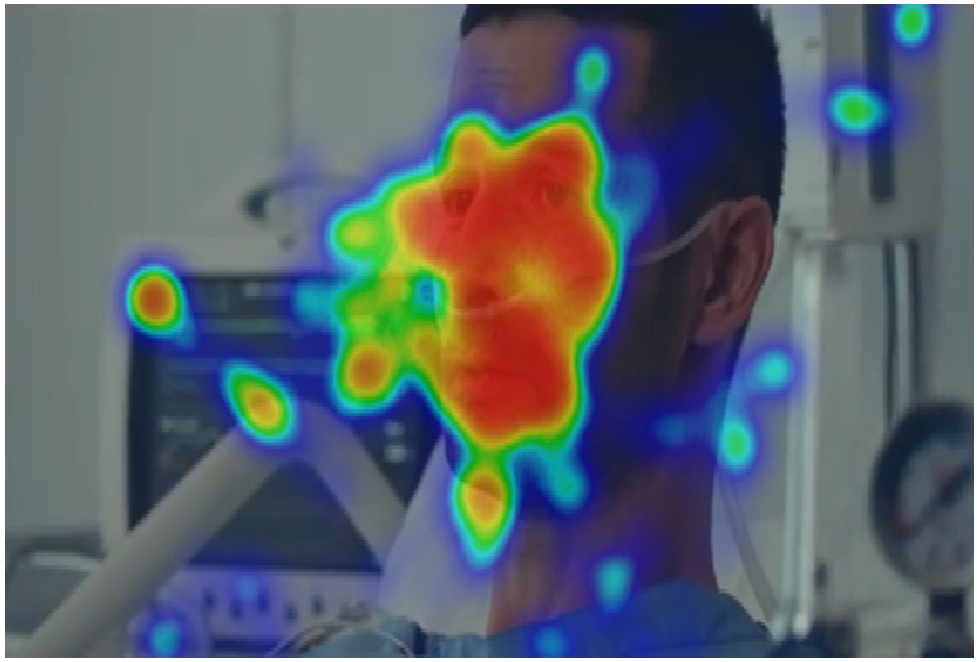

Public health campaigns often face a familiar challenge: what kind of message really makes people change their behavior? A study by Ahmet Uyar from Afyon Kocatepe University set out to answer this question for anti-smoking ads - and RealEye played a key role.
Traditional studies rely on what people say about ads, but that doesn’t always show how they truly feel or react. This research went further, combining eye tracking, facial coding, and EEG to uncover the unconscious reactions of smokers as they watched two different ads:
Using RealEye webcam-based eye tracking, researchers could see exactly what participants looked at, for how long, and how they emotionally responded - without needing a lab or specialized equipment.
40 smokers between 19 and 46 took part. Each watched two public service videos from the Turkish Green Crescent Society while RealEye captured their eye movements and facial expressions. At the same time, EEG sensors measured their brain activity, helping to interpret emotional and memory-related responses.
The RealEye platform automatically generated heatmaps showing which areas of each ad drew the most attention. This allowed the team to visually compare how viewers engaged with positive versus negative messages.
In the ad that framed quitting smoking as a positive life choice, viewers focused closely on human faces - especially a scene showing an older man happily exercising after quitting. RealEye’s heatmaps showed this moment received the highest attention score possible.

In the negative ad, which depicted illness and loss, attention levels dropped. Participants still looked at faces but for shorter periods, suggesting discomfort or avoidance.

Facial coding results told a similar story. During the positive ad, participants displayed mild happiness; during the negative one, almost no emotion at all. The contrast was clear - positive messages connected emotionally, while fear-based ones pushed viewers away.


When the eye tracking and EEG data were combined, a consistent pattern emerged:
The findings also echoed a key insight from behavioral science - people respond more strongly to the gains of quitting than the losses of continuing.
For public health communicators, the results carry a simple but powerful message: empathy and hope work better than fear. Showing the benefits of quitting - feeling healthier, reconnecting with family, enjoying life - not only captures attention but also stays in memory.
RealEye made it possible to uncover these insights quickly, accurately, and remotely. By combining webcam-based measurements with other neuromarketing tools, the study demonstrated how researchers can measure emotional and cognitive engagement without a physical lab setup.
This project shows RealEye value beyond commercial testing. In this case, it helped explore how storytelling and message framing can influence life-changing decisions. When campaigns aim to inspire rather than scare, they don’t just get noticed - they make a lasting impact.

Follow the steps below to start your own experiment with RealEye:

Ready to set up your own study? Visit RealEye Support page to learn more and keep us posted on your results! 🚀